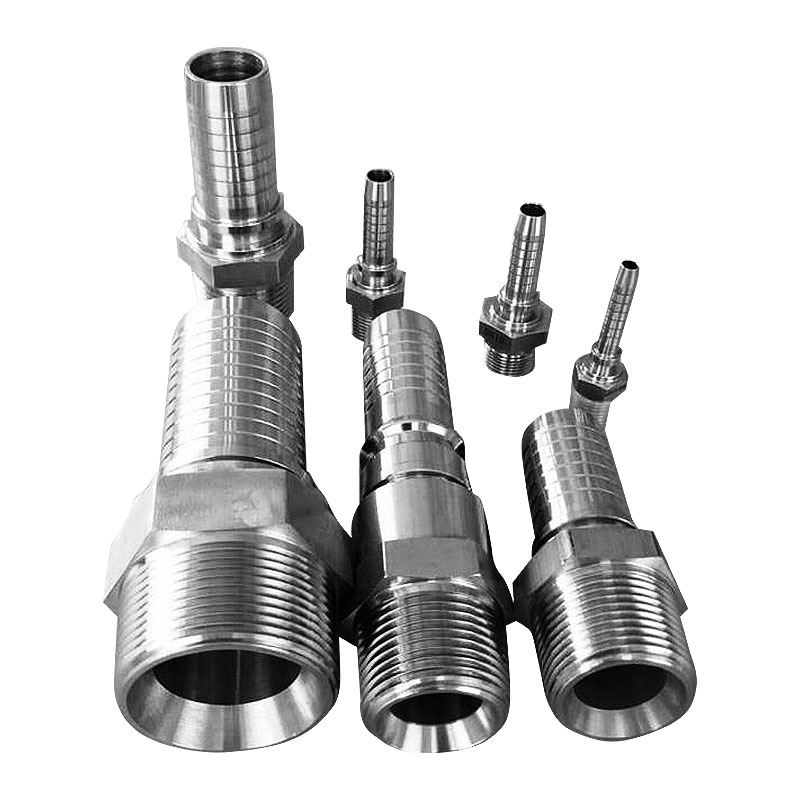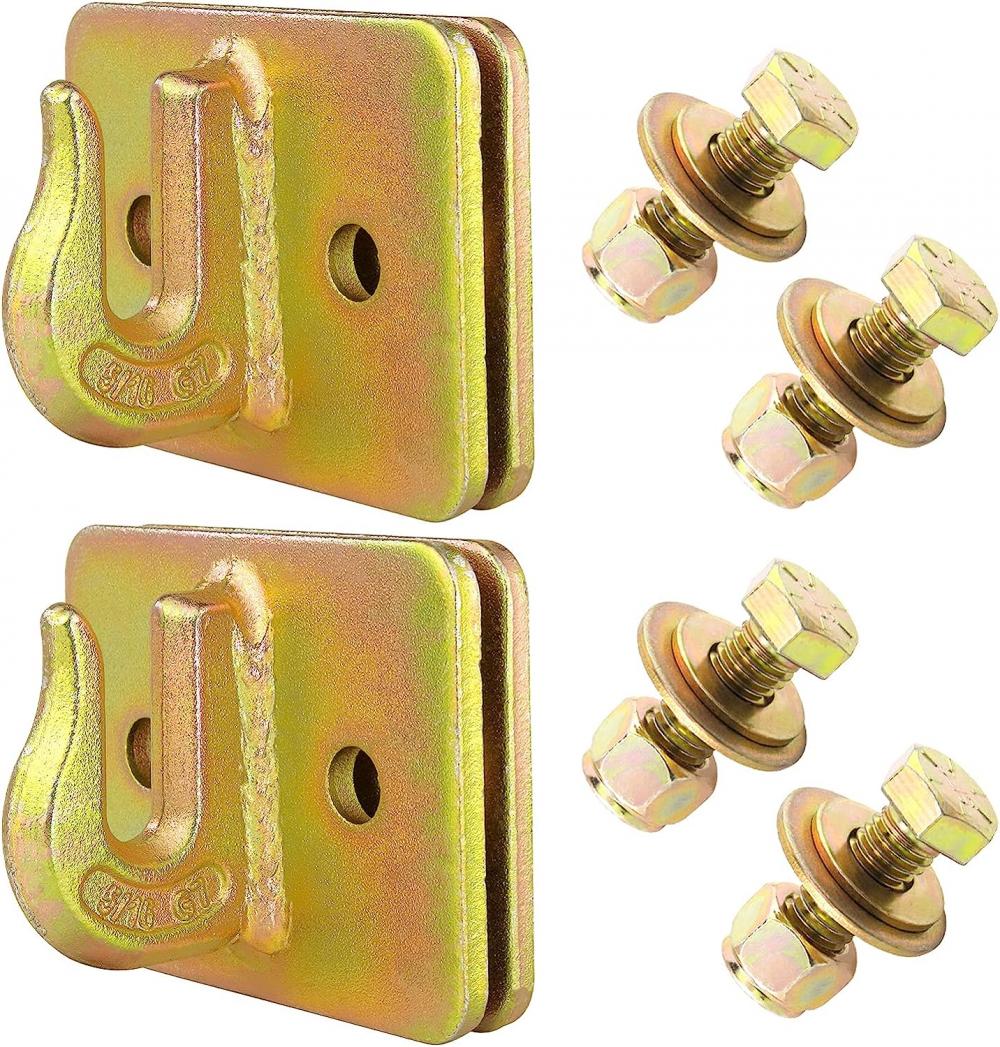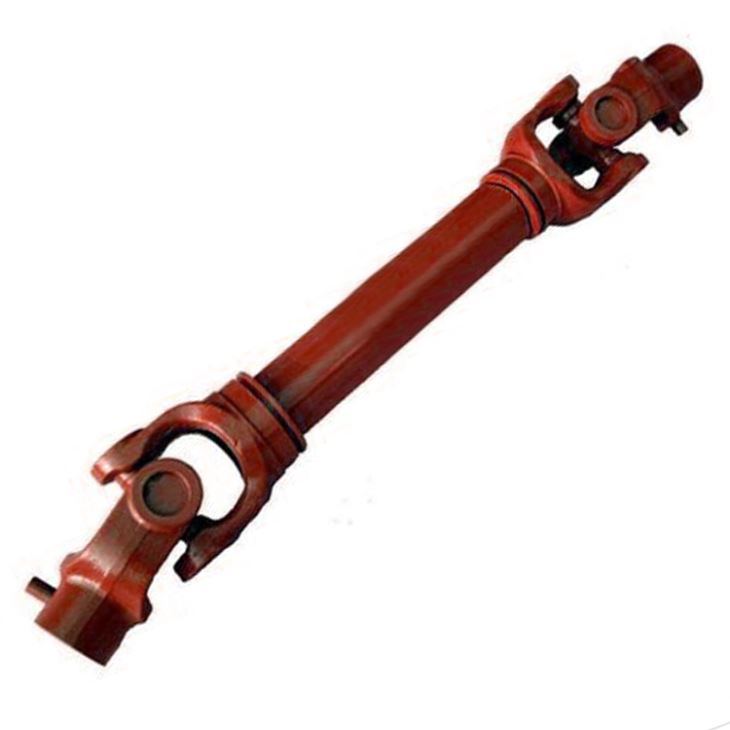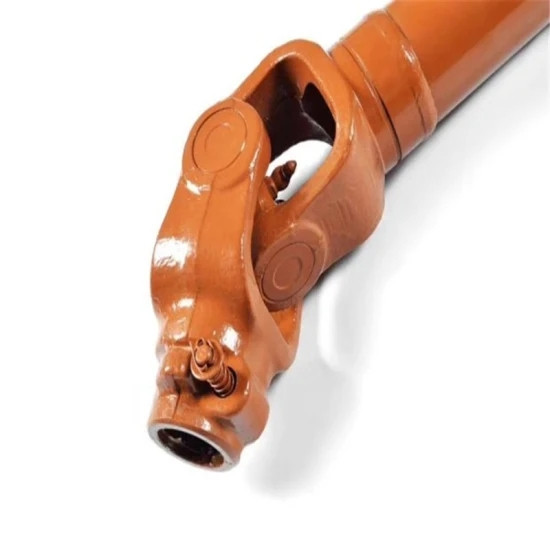1. Introduction and classification Die Casting aluminium LED street light housing is a crucial component in the lighting industry, specifically designed to house LED lamps used in street lighting applications. This housing plays a vital role in protecting the LED lamps from external elements, ensuring proper heat dissipation, and providing structural support.
The die casting process is commonly used to manufacture these housings due to its ability to produce complex shapes with high precision and excellent dimensional accuracy. Die casting involves injecting molten aluminium alloy into a steel mold under high pressure, allowing for the rapid production of large quantities of parts with consistent quality.
Classification of die casting aluminium LED street light housing can be based on various factors such as design, size, and functionality. Here are some common classifications:
Design:
Die casting aluminium LED street light housings come in various designs to accommodate different lamp configurations and mounting options. Common designs include single-piece housings, split housings, and modular housings. Single-piece housings provide a compact and integrated solution, while split housings allow for easier maintenance and lamp replacement. Modular housings offer flexibility in terms of adjusting the number and arrangement of LED lamps.
Size:
Die casting aluminium LED street light housings are available in different sizes to suit various street lighting requirements. The size of the housing is determined by factors such as the power rating of the LED lamp, the desired illumination level, and the installation location. Smaller housings are commonly used for residential area lighting, while larger housings are suitable for highways and main roads.
Functionality:
Die casting aluminium LED street light housings can also be classified based on their functionality. Some housings are designed to provide specific features such as adjustable angles, waterproofing, or vandal resistance. These features enhance the performance and durability of the housing in different environmental conditions.
Aesthetic Appeal:
While functionality is crucial, the aesthetic appeal of the housing is also considered in street lighting applications. Die casting aluminium LED street light housings are available in various finishes and colors to match the overall design and aesthetics of the surrounding environment.
In conclusion, die casting aluminium LED street light housing is a critical component that ensures the proper functioning and longevity of LED lamps used in street lighting applications. With various designs, sizes, functionalities, and aesthetic options available, these housings can be tailored to meet specific requirements. The die casting process enables the production of high-quality housings with excellent precision and consistency, making them a reliable choice for the lighting industry.
2. How durable is it Die casting aluminium LED street light housing is known for its durability and robustness, making it an excellent choice for outdoor lighting applications. Here are some key factors that contribute to its durability:
Material Strength: Die casting aluminium offers high strength-to-weight ratio, making it lightweight yet sturdy. This material provides excellent structural integrity and can withstand harsh weather conditions such as high winds, rain, and extreme temperatures. It is also resistant to corrosion and UV radiation, ensuring long-term durability.
Impact Resistance: Die casting aluminium LED street light housing is designed to withstand impact and vibrations. The housing can withstand accidental collisions, falls, or direct hits without compromising its structural integrity. This impact resistance is crucial for street lighting installations, where the housing may be exposed to accidental damage or vandalism.
Heat Dissipation: LED street lights generate heat during operation, and efficient heat dissipation is essential for their longevity. Die casting aluminium housings have excellent thermal conductivity, allowing for effective heat dissipation. This prevents the LED lamps from overheating, ensuring their optimal performance and prolonging their lifespan.
Sealing and Waterproofing: To protect the internal components from moisture and water ingress, die casting aluminium LED street light housings are often equipped with effective sealing and waterproofing measures. This ensures that the housing remains watertight, even in heavy rain or wet environments. The housing's ability to prevent water penetration enhances its durability and prevents internal damage.
Corrosion Resistance: Die casting aluminium is naturally resistant to corrosion, making it suitable for outdoor applications. The housing's corrosion resistance is further enhanced through additional surface treatments such as powder coating or anodizing. These treatments provide an extra layer of protection against corrosion caused by exposure to elements like saltwater, pollutants, or chemicals, ensuring long-lasting durability.
Maintenance and Longevity: Die casting aluminium LED street light housing requires minimal maintenance due to its durability. Regular cleaning to remove dust or debris is sufficient to maintain its performance. The long lifespan of the housing reduces the need for frequent replacements, resulting in cost savings and less environmental impact.
In conclusion, die casting aluminium LED street light housing offers exceptional durability due to its material strength, impact resistance, heat dissipation capabilities, sealing and waterproofing measures, corrosion resistance, and low maintenance requirements. These qualities make it a reliable and long-lasting choice for outdoor lighting applications, ensuring optimal performance and functionality over an extended period.
3. Main uses and application fields Die casting aluminum LED street light housing is a common and widely used product in the field of outdoor lighting. It is mainly used for housing and protecting LED light sources in street lights, ensuring their stability and durability in various weather conditions. This type of housing is produced through the die casting process, which involves injecting molten aluminum into a mold cavity under high pressure. The result is a high-quality, lightweight, and corrosion-resistant housing that is perfect for outdoor applications.
One of the main uses of die casting aluminum LED street light housing is in street lighting systems. LED lights have become the preferred choice for street lighting due to their energy efficiency and long lifespan. The housing plays a crucial role in protecting the LED light source from external factors such as moisture, dust, and impact. With its excellent heat dissipation properties, die casting aluminum housing ensures that the LED lights operate at optimal temperatures, maximizing their performance and lifespan.
Apart from street lighting, die casting aluminum LED housing is also widely used in other outdoor lighting applications such as parking lot lighting, park lighting, and perimeter lighting. These applications require durable and weather-resistant housings that can withstand harsh environmental conditions. The corrosion-resistant properties of die casting aluminum make it an ideal choice for such applications, ensuring that the lighting systems remain operational for extended periods without the need for frequent maintenance.
In addition to outdoor lighting, die casting aluminum LED housing is also used in indoor lighting applications. This includes commercial lighting, industrial lighting, and residential lighting. The lightweight nature of die casting aluminum makes it easier to install and handle, reducing the labor and transportation costs associated with lighting installations. The durability of the housing ensures that the LED lights remain protected and functional for a long time, reducing the need for frequent replacements.
The application fields of die casting aluminum LED street light housing are vast and varied. It is used in urban environments for illuminating streets, roads, and highways, providing safe and efficient lighting solutions. It is also used in commercial areas such as shopping malls, parking lots, and sports stadiums, enhancing visibility and security. In industrial settings, die casting aluminum LED housing is used for lighting warehouses, factories, and production facilities. Residential areas also benefit from this housing in terms of energy-efficient and long-lasting lighting solutions.
In conclusion, die casting aluminum LED street light housing is a versatile and essential component in outdoor and indoor lighting applications. Its lightweight, corrosion-resistant, and durable properties make it an ideal choice for protecting and enhancing the performance of LED light sources. Whether it is for street lighting, parking lot lighting, or commercial lighting, die casting aluminum housing ensures long-lasting and efficient lighting solutions in various application fields.
4. Cause of the fault The die casting aluminum LED street light housing is a critical component in outdoor lighting systems. It is designed to protect and house the LED light source, ensuring its stability and durability in various weather conditions. However, like any other product, it is susceptible to faults and failures. Understanding the causes of these faults is essential for troubleshooting and improving the overall performance of the housing.
One of the main causes of faults in die casting aluminum LED street light housing is poor heat dissipation. LED lights generate heat while operating, and if the housing does not effectively dissipate this heat, it can lead to overheating. Overheating can result in reduced light output, shortened lifespan of the LEDs, and even complete failure of the lighting system. Therefore, it is crucial to ensure that the housing design includes proper heat sinks and ventilation to facilitate efficient heat dissipation.
Another common cause of faults is inadequate protection against moisture and dust. Outdoor environments are often exposed to rain, humidity, and dust, which can infiltrate the housing and damage the LED components. If the housing lacks proper sealing or gaskets, moisture can corrode the electrical connections and lead to electrical failures. Similarly, dust accumulation can obstruct the light output and affect the overall performance of the lighting system. Therefore, it is essential to incorporate effective sealing and gasketing measures to prevent moisture and dust ingress.
Furthermore, the quality of the die casting process itself can contribute to faults in the housing. If the aluminum material used is of poor quality or contains impurities, it can result in a weaker and less durable housing structure. The presence of impurities can also affect the thermal conductivity and corrosion resistance of the housing, leading to premature failures. Therefore, it is crucial to ensure the use of high-quality aluminum and strict quality control measures during the die casting process.
Additionally, design flaws can also cause faults in the housing. Inadequate structural integrity, improper placement of components, or insufficient reinforcement can result in mechanical stress, leading to cracks and fractures. Moreover, if the design does not allow for easy access and maintenance of the housing, it can make troubleshooting and repairs difficult, resulting in prolonged downtime and increased costs. Therefore, it is important to consider the design aspects carefully and conduct thorough testing and analysis to identify and rectify any potential flaws.
In conclusion, the die casting aluminum LED street light housing is prone to faults and failures due to various reasons. Poor heat dissipation, inadequate protection against moisture and dust, low-quality materials, and design flaws are some of the common causes. To enhance the performance and reliability of the housing, manufacturers need to address these causes by implementing efficient heat dissipation mechanisms, robust sealing measures, high-quality materials, and meticulous design considerations. By doing so, the die casting aluminum LED street light housing can ensure the longevity and optimal performance of LED lighting systems in various applications.
5. Troubleshoot the fault Die casting aluminum LED street light housing is a critical component in outdoor lighting systems. It is responsible for housing and protecting the LED light source, ensuring its stability and durability in various weather conditions. However, like any other product, it is susceptible to faults and failures. Troubleshooting these faults is essential in order to identify and rectify the issues, ensuring the optimal performance of the housing.
One common fault that can occur in die casting aluminum LED street light housing is poor light output. If the light output is dim or uneven, it can greatly affect the effectiveness of the lighting system. This can be caused by various factors, such as a malfunctioning LED light source, improper connection of the electrical components, or inadequate heat dissipation. In order to troubleshoot this fault, it is necessary to check the LED light source and ensure that it is functioning properly. Additionally, inspecting the electrical connections and heat dissipation mechanisms can help identify any issues that may be affecting the light output.
Another common fault is flickering or intermittent lighting. This can be caused by a loose connection or a faulty driver circuit. To troubleshoot this fault, it is important to check the connections and ensure they are secure. Additionally, inspecting the driver circuit and replacing it if necessary can help resolve the issue.
Corrosion is another potential fault that can occur in die casting aluminum LED street light housing, especially in environments with high humidity or exposure to saltwater. Corrosion can affect the electrical connections and lead to malfunctions or failures in the lighting system. To troubleshoot this fault, it is important to inspect the housing for any signs of corrosion and clean or replace any affected components. Additionally, applying a protective coating or using corrosion-resistant materials can help prevent future corrosion.
Overheating is another potential fault that can occur in die casting aluminum LED street light housing. If the housing does not effectively dissipate the heat generated by the LED light source, it can lead to reduced light output, shortened lifespan of the LEDs, and even complete failure of the lighting system. To troubleshoot this fault, it is necessary to inspect the heat dissipation mechanisms, such as heatsinks and ventilation, and ensure they are functioning properly. Additionally, checking for any obstruction to airflow and ensuring the housing is installed in a suitable location can help prevent overheating.
In conclusion, troubleshooting faults in die casting aluminum LED street light housing is crucial for maintaining the optimal performance of the lighting system. By identifying and rectifying issues such as poor light output, flickering, corrosion, and overheating, manufacturers can ensure the longevity and reliability of the housing, providing efficient and effective lighting solutions in various applications.
6. How to install and use Installing and using die casting aluminum LED street light housing is a critical process to ensure the proper functioning and longevity of the lighting system. Here is a step-by-step guide on how to install and use the housing effectively.
Pre-installation preparation:
Before starting the installation process, gather all the necessary tools and equipment. This may include a screwdriver, mounting brackets, wiring connectors, and a ladder. Ensure that the power supply is turned off to prevent any electrical accidents.
Mounting the housing:
Begin by selecting a suitable location for the LED street light housing. It should be a sturdy and secure area that allows for proper illumination. Use the mounting brackets provided with the housing to attach it securely to the desired surface. Ensure that the housing is level and aligned properly.
Wiring connections:
Carefully connect the wiring from the power supply to the LED street light housing. Follow the manufacturer's instructions and ensure that all connections are secure and properly insulated. It is recommended to consult a professional electrician for this step if you are not familiar with electrical work.
Testing the lighting system:
Once the housing is securely mounted and the wiring connections are completed, it is time to test the lighting system. Turn on the power supply and check if the LED lights inside the housing illuminate properly. Ensure that the light output is consistent and there are no flickering or dimming issues.
Maintenance and usage:
Regular maintenance is crucial to ensure the optimal performance of the die casting aluminum LED street light housing. Clean the housing regularly to remove any dust or debris that may accumulate. Check for any signs of corrosion or damage and repair or replace any affected parts promptly. Additionally, monitor the heat dissipation of the housing to prevent overheating and ensure the longevity of the LED light source.
Safety precautions:
When installing and using the die casting aluminum LED street light housing, it is important to follow safety precautions. Always turn off the power supply before starting any installation or maintenance work. Use appropriate personal protective equipment (PPE) such as gloves and safety goggles to protect yourself. If you are unsure about any aspect of the installation process, consult a professional or contact the manufacturer for guidance.
In conclusion, proper installation and usage of die casting aluminum LED street light housing is crucial for the optimal performance and longevity of the lighting system. By following the above steps and adhering to safety precautions, you can ensure a successful installation and enjoy the benefits of efficient and effective outdoor lighting.
Ningbo City Yinzhou Ruican Machinery Co, Ltd is direct manufacturer, covers the
Sand Casting Foundry.
Investment Casting Foundry and Machining Workshop, and offer the Ductile Iron &Grey Iron Sand Casting parts, investment casting parts, Aluminium castings and precision machining parts. The produced parts are widely used in
Auto Parts: Agricultural, Marine: Architectural Machinery, Medical; Food Machinery,
Valves and so on. The material which we used is ductile iron: Aluminium: Bronze; Brass: Copper: carbon steel: stainless steel end so on.









